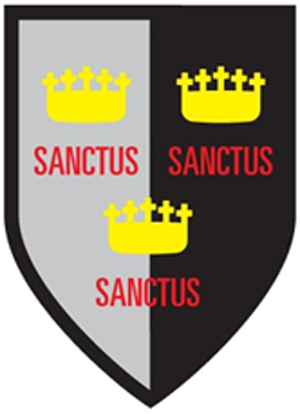Intent
At All Saints Primary School, we are ARTISTS!
OurArt curriculum aims to engage, inspire, and challenge our pupils, providing them with the knowledge and skills to experiment, invent, and create their own artistic works. As students’ progress, they will develop a deeper understanding of how art and design reflect and shape our history, contributing to the culture, creativity, and richness of our world.
We want our children to develop a love for art and design, encouraging them to dream big and aspire to careers as illustrators, graphic designers, fashion designers, curators, architects, or printmakers.
Our goal is to prepare students for the opportunities, responsibilities, and experiences of later life. We encourage our children to draw inspiration from the vibrancy of our great city and to learn from diverse cultures while fostering respect for differences. To support this, we have carefully selected a variety of unique and diverse artists, craftspeople, and designers for students to study, and we offer planned visits to art galleries and museums in Liverpool and the surrounding areas.
Implementation
At All Saints Catholic Primary, we have structured our Art curriculum around three main strands aligned with the national curriculum: Drawing, Colour, and Sculpture.
Drawing: Central to artistic expression, this strand emphasizes the development of observational skills through a variety of drawing activities and mediums, including charcoal, graded pencils, and found materials. Students will explore the works of famous sketch artists and their diverse techniques throughout history.
Painting: In this strand, children will investigate the role of colour in art across different periods. They will start by learning how to mix colours, progressing to using colour to convey emotion and meaning in their work.
Sculpture: Recognizing the importance of 3D art in contemporary practices, this strand encourages children to experiment with various materials and joining techniques to create their own sculptures.
Our Art curriculum is designed with a clear progression of skills and knowledge, ensuring that students build upon what they learn each year. We provide additional enrichment opportunities through local art initiatives, reinforcing the skills taught across different year groups to meet attainment targets.
Our policies demonstrate how our curriculum aligns with national attainment targets. The spiral design of our curriculum allows for the regular revisiting and deepening of key concepts, skills, and knowledge. For example, students progress from using observed colours in painting to expressing emotions through colour in surrealism.
We begin developing these artistic skills from the foundation stages. All students engage with technology across various activities, aligning with the Early Learning Goals and enhancing their experience from a young age.
Furthermore, our curriculum integrates cross-curricular links, enabling students to connect art with other subjects. This approach fosters an appreciation for the role of art in everyday life and its value as a learning tool.
To ensure effective learning, our Art teaching employs a range of strategies that cater to different learning styles. We strive to make lessons engaging, adapting challenges to meet the needs of all students. Regular audits of staff and pupil feedback inform the ongoing development of our curriculum.
We are committed to enabling all children to reach their full potential, including those of varying abilities, social and cultural backgrounds, and students with SEND and EAL. We place particular emphasis on leveraging technology to create accessible learning opportunities, especially for students with special educational needs.
Impact
The impact of our Art curriculum is continuously monitored through pupil voice, formative, and summative assessments. We utilise various assessment tools to track students’ progress, encouraging them to evaluate their own work and that of their peers regularly.
Each lesson incorporates opportunities for teachers to assess learning, with diverse assessment methods to gauge retention and understanding. Students can demonstrate their learning through quizzes, presentations, and other creative formats. By the time they leave our school, children are equipped with a robust set of artistic skills and the knowledge to apply them effectively.
Curriculum
